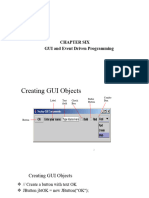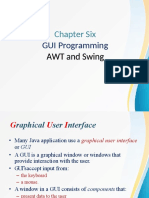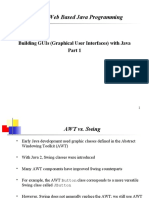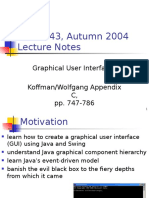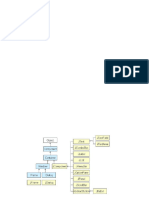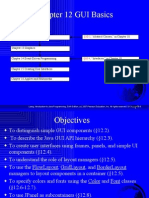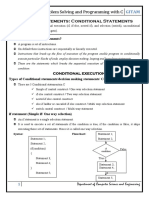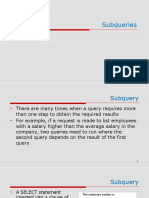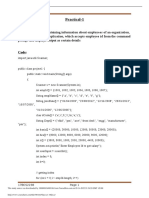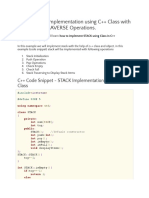0% found this document useful (0 votes)
4 views53 pages11 Gui
The document provides an overview of Graphical User Interfaces (GUIs) in Java, detailing components, containers, and layout managers used in GUI applications. It explains the difference between AWT and Swing, outlines the basic workflow for creating a GUI, and includes code examples demonstrating various GUI elements and layouts. Additionally, it discusses event handling and the structure of GUI applications, emphasizing the importance of user interaction and design consistency.
Uploaded by
publicusemusfiqur71Copyright
© © All Rights Reserved
We take content rights seriously. If you suspect this is your content, claim it here.
Available Formats
Download as PDF, TXT or read online on Scribd
0% found this document useful (0 votes)
4 views53 pages11 Gui
The document provides an overview of Graphical User Interfaces (GUIs) in Java, detailing components, containers, and layout managers used in GUI applications. It explains the difference between AWT and Swing, outlines the basic workflow for creating a GUI, and includes code examples demonstrating various GUI elements and layouts. Additionally, it discusses event handling and the structure of GUI applications, emphasizing the importance of user interaction and design consistency.
Uploaded by
publicusemusfiqur71Copyright
© © All Rights Reserved
We take content rights seriously. If you suspect this is your content, claim it here.
Available Formats
Download as PDF, TXT or read online on Scribd
/ 53




